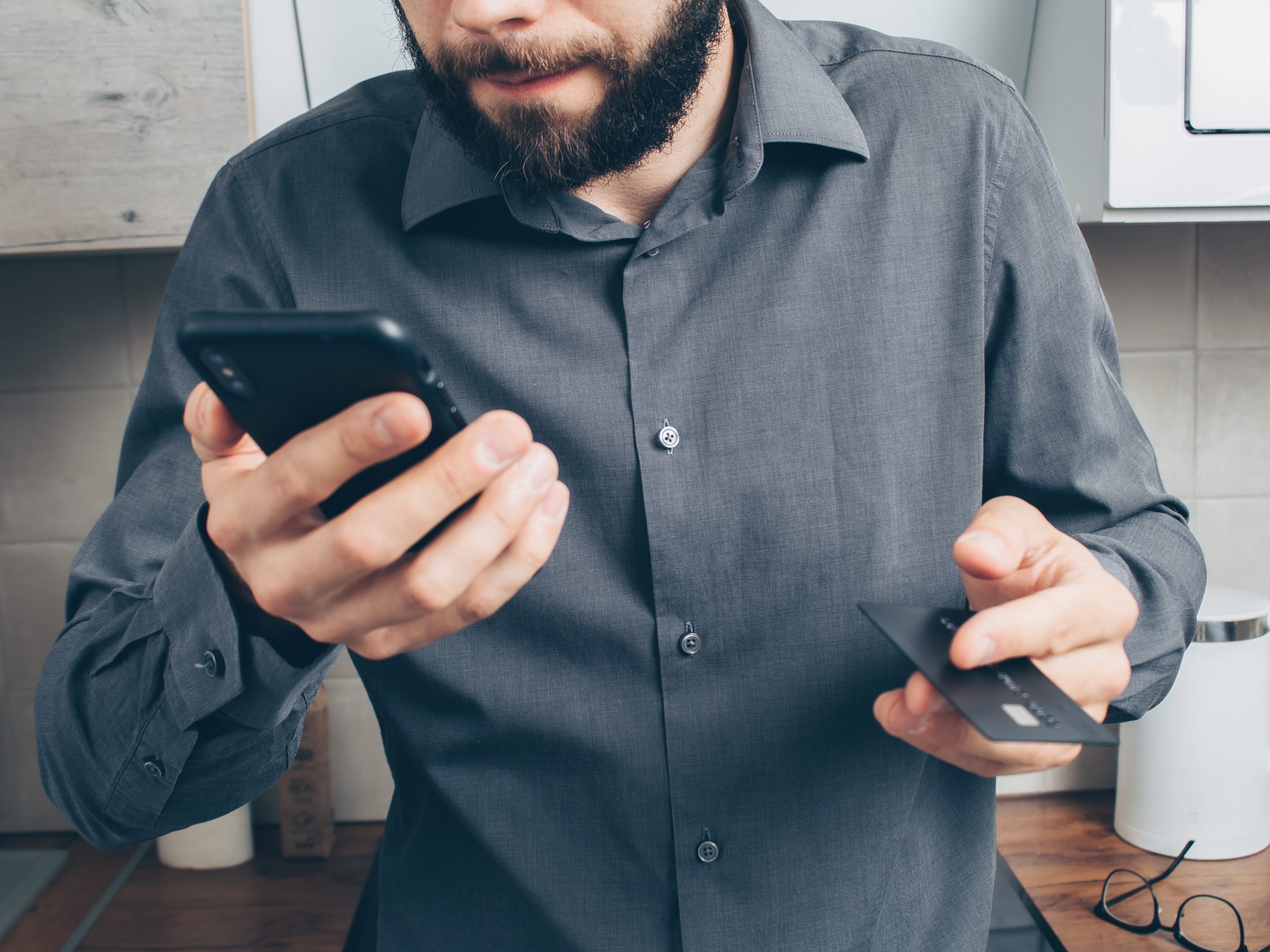The last thing that you want to do is make a transaction that drains your checking account — or worse, puts the account balance into the negatives. You don’t want a simple mistake to put you in this risky situation. But how can you avoid it?
Set up these safety nets for your checking account. They’ll stop you from draining your balance by accident.
Overdraft Protection
Your bank might offer an overdraft protection plan where you can link your checking account to a secondary account. If a transaction pushes your checking account into the negatives, it will trigger your protection plan. The secondary account will automatically transfer funds to cover the expense and keep the balance from moving below zero.
What account should you link your checking account to? Ideally, you should link your checking account to an active savings account. With a linked savings account, you may face a transfer fee when the overdraft protection plan is triggered. This transfer free is much smaller than any fees that can come with putting your checking account into overdraft, including overdraft fees, extended overdraft fees and NSF fees.
You also have the option of linking your checking account to a credit card. The option can be more enticing when you have a lot more available credit than savings. You’ll have a bigger safety net to rely on. An important caveat with linking your checking account to your credit card is that anytime your credit card covers an overdrawn transaction, it will be treated as a cash advance.
Account Alerts
One of the easiest safety nets that you can set up for your checking account is a low balance alert. A low balance alert is an online banking feature that notifies you when your balance drops below a certain threshold. When the alert is triggered, you’ll receive an email, text message or push notification about it.
A low balance alert will let you know that the funds in your checking account are running low. You’ll be cautious about any transactions you make — at least, until more money is deposited into the account.
When you activate low balance alerts, you can customize the balance threshold. So, it could be “$200”, “$100”, “$50” or whatever amount you’d like. Don’t put the threshold too low. Setting an alert for when you have “$20” in your account isn’t useful. If you don’t see the alert in time, you could easily drain your account with a small transaction.
Emergency Fund
When you’re facing an emergency expense, you might use the funds from your checking account without thinking. You just want to respond to the emergency as quickly as possible and put the experience behind you. But making this unexpected transaction could drain the account or put it into overdraft.
At the very least, using your checking account for emergencies could leave you with less for your planned expenses, like your rent and utility bills. If you continue to cover these expenses as usual, you might empty your account earlier than anticipated.
This is why an emergency fund is an excellent safety net. An emergency fund is a collection of personal savings that allows you to cover urgent, unexpected expenses without touching any of the funds in your checking account. Making a withdrawal from this fund shouldn’t have any impact on your ability to pay your bills, send out your checks or handle any essentials for the rest of the month.
What if you don’t have enough in your emergency fund?
When your emergency fund is still new and your savings are on the low end, you still shouldn’t touch the funds in your checking account — especially if your budget is tight. You can turn to an alternative payment method, like a line of credit loan, instead. Go to a website like CreditFresh to find out whether you’re eligible or not for a line of credit loan. You just might be able to submit an application.
With an approved line of credit loan, you can request to withdraw funds from a set credit limit. Those funds can be deposited into your bank account and then you can use them to deal with your emergency expense. After all that, you can follow a simple repayment plan.
You don’t have to worry about draining your checking account every time you make a transaction. Set up these safety nets!

